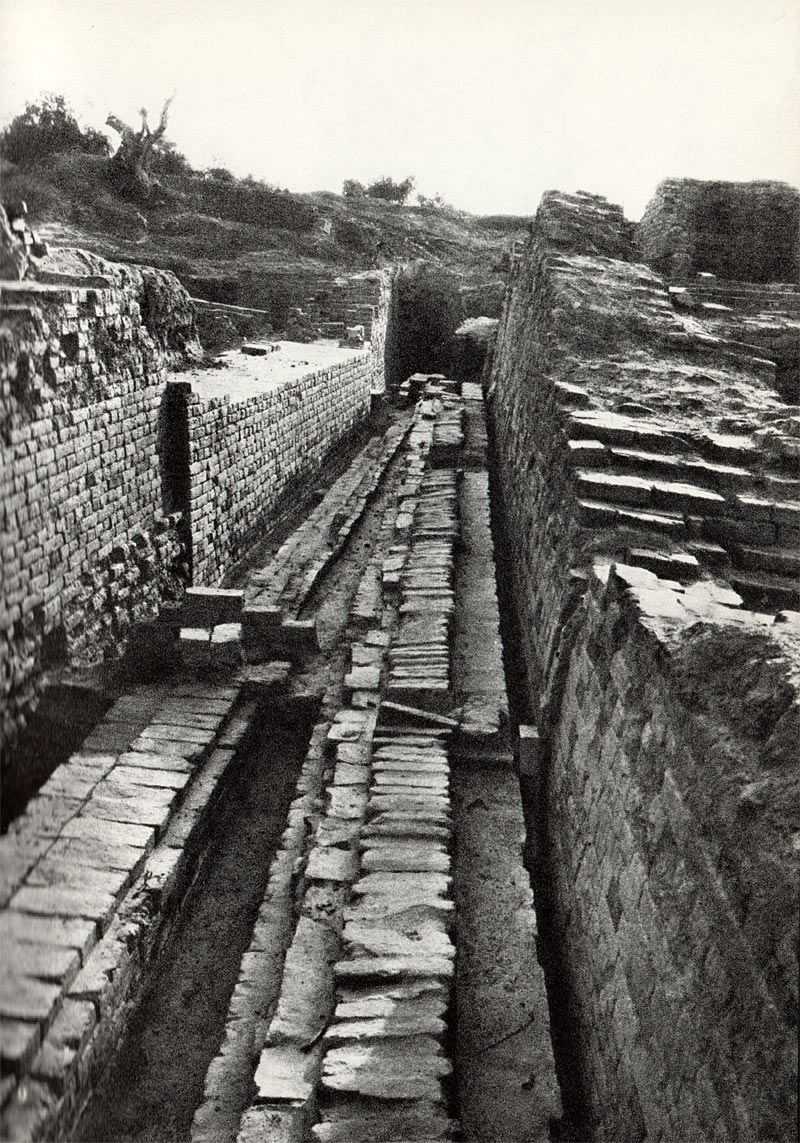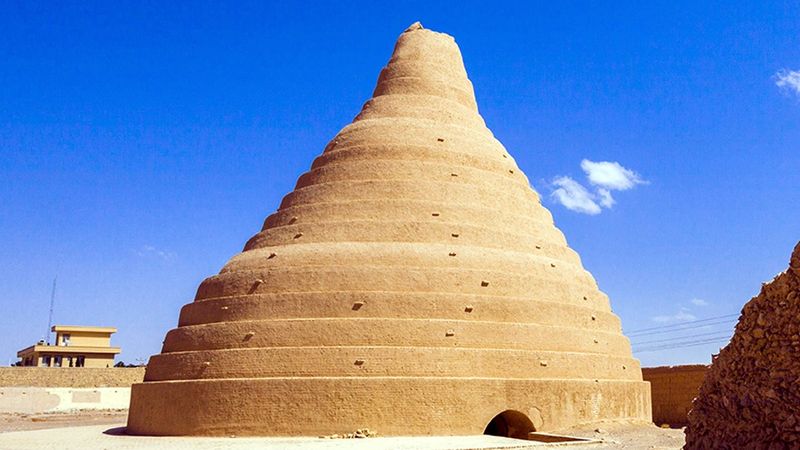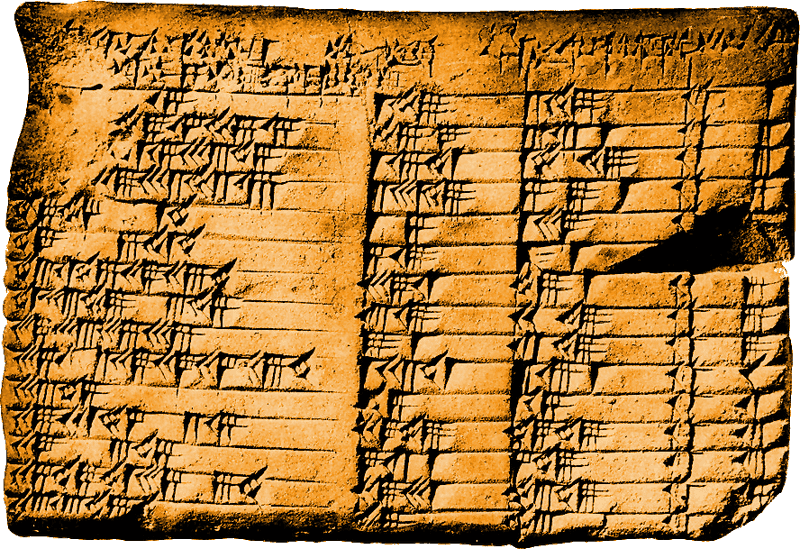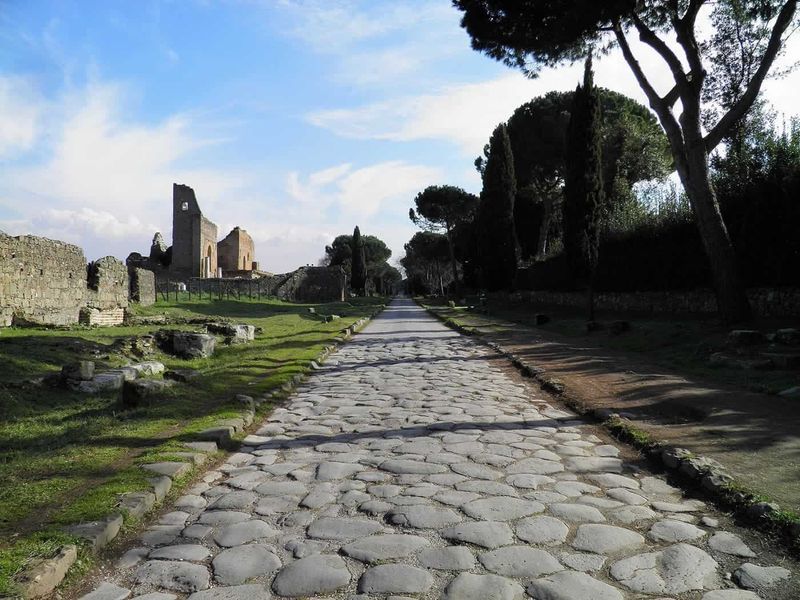When we think about technological progress, we often assume we’re at the peak of human achievement. But look back thousands of years, and you’ll discover ancient societies created marvels we still can’t fully replicate today. From building materials that outlast our modern versions to astronomical calculations made without computers, our ancestors possessed knowledge that would astonish modern engineers. These forgotten innovations reveal how ancient civilizations solved complex problems with elegantly simple solutions.
1. Roman Concrete (Self-Healing & Durable)
While modern concrete crumbles after mere decades, Roman structures like the Pantheon have stood strong for over 2,000 years. The secret? A special mixture containing volcanic ash and lime that actually gets stronger with age.
When rainwater seeps into tiny cracks, it triggers a chemical reaction with lime clasts embedded in the concrete. This creates a calcium-based solution that fills and repairs the cracks automatically. Modern scientists only recently discovered this self-healing property.
Our contemporary concrete typically lasts 50-100 years before needing replacement. Roman engineers created a building material that outlasts empires!
2. Greek Antikythera Mechanism (First Analog Computer)
Salvaged from a shipwreck in 1901, this mysterious bronze device stunned archaeologists. Dating to approximately 100 BCE, it contains at least 30 precisely engineered bronze gears in an arrangement not seen again until the development of mechanical clocks a millennium later.
X-ray analysis revealed its astonishing purpose: calculating astronomical positions, predicting eclipses, and even tracking the four-year cycle of Olympic Games. Its engineering precision wouldn’t be matched for over 1,000 years.
Most remarkably, tiny inscriptions function as a user manual, showing the Greeks not only built this computer but made it user-friendly!
3. Egyptian Pyramid Precision (Mathematical Mastery)
The Great Pyramid at Giza represents an engineering feat that would challenge modern builders. Constructed around 2560 BCE without modern tools, its base is level within just 2.1 centimeters—an astonishing achievement across its 13-acre foundation.
Even more impressive, the pyramid aligns almost perfectly with true north, with an error margin of just 0.05 degrees. Somehow, ancient Egyptians achieved this accuracy without GPS or modern surveying equipment.
The structure’s proportions encode mathematical constants like π (pi) and the golden ratio, suggesting the builders possessed advanced mathematical knowledge thousands of years before these concepts were formally documented.
4. Indus Valley Plumbing (Advanced Sanitation)
Five thousand years ago, while most humans lived without basic sanitation, residents of Mohenjo-daro enjoyed amenities that wouldn’t reach Europe until the 1800s. Every home in this ancient Pakistani city connected to a sophisticated sewage system with covered drains running beneath the streets.
Houses featured private bathrooms with water-flushing toilets that carried waste away from living areas. Public baths and wells provided clean water through a citywide distribution system.
This ancient civilization prioritized public health through urban planning, creating sanitation infrastructure that wouldn’t be matched in Europe until the Victorian era—nearly 4,500 years later!
5. Chinese Seismoscope (First Earthquake Detector, 132 AD)
Long before modern seismographs, Chinese inventor Zhang Heng created a bronze vessel that could detect earthquakes hundreds of miles away. His ingenious device featured eight dragons positioned around the exterior, each holding a bronze ball in its mouth.
When seismic waves reached the instrument, an internal pendulum would swing, triggering one dragon to drop its ball into the mouth of a bronze toad positioned below. The triggered dragon would indicate the earthquake’s direction.
Court records confirm the device successfully detected a quake about 400 miles away that wasn’t felt in the capital. Modern reconstructions based on historical descriptions have proven the device works exactly as described!
6. Mayan Astronomy (Superior Calendars)
Without telescopes, computers, or even metal tools, Maya astronomers tracked celestial movements with astonishing precision. Their calculations of Venus’s appearance were accurate to within two hours over a 584-day cycle—an error margin of just 0.01%.
The Maya Long Count calendar could track time over vast periods, with dates spanning millions of years. This system was far more sophisticated than anything Europe developed until recent centuries.
Their astronomical knowledge enabled accurate eclipse predictions, crucial for timing religious ceremonies. When Europeans arrived in the Americas, Maya astronomical calculations were actually more accurate than those being used in the Old World!
7. Damascus Steel (Lost Metallurgy Secret)
Medieval warriors wielding Damascus steel blades possessed weapons of almost mythical quality. These distinctive swords, featuring flowing water patterns on their surface, could slice through European blades without dulling and even cut through rock while maintaining their edge.
Modern metallurgists have determined these blades contained carbon nanotubes and nanowires—microscopic structures we only discovered with electron microscopes in the 20th century. How ancient smiths created these nanostructures without modern technology remains mysterious.
The exact technique vanished in the 1700s when the supply of specific ore was exhausted. Despite numerous attempts, modern metallurgists still haven’t perfectly recreated authentic Damascus steel.
8. Persian Air Conditioning (Yakhchāls – 400 BC)
Ancient Persians mastered desert refrigeration without electricity through ingenious yakhchāls—dome-shaped structures that could create and store ice year-round, even in scorching desert temperatures exceeding 100°F (38°C).
These structures combined several brilliant features: underground storage chambers up to 60 feet deep; thick, heat-resistant walls made with special mortar; and windcatchers that channeled breezes into the structure. The design created a natural cooling effect through evaporation and temperature gradients.
At night, water would freeze in shallow troughs outside the yakhchāl, then be stored underground during day. This technology preserved ice for months, enabling food preservation and summer cooling 2,400 years ago!
9. Inca Stonework (Earthquake-Proof & Laser-Precise)
The stone walls at Machu Picchu and other Inca sites feature blocks weighing tons, cut with such precision that not even a credit card can fit between them. Without metal tools, wheels, or draft animals, Inca stonemasons created these masterpieces using only stone hammers and bronze chisels.
Modern analysis reveals these walls aren’t just beautiful—they’re engineered to withstand earthquakes. The slightly inward-leaning walls and precisely fitted stones allow them to “dance” during seismic activity before settling back into place.
Some stones feature up to 32 angles, interlocking perfectly with neighbors. This three-dimensional jigsaw puzzle creates structures that have survived centuries of earthquakes in one of Earth’s most seismically active regions.
10. Babylonian Algebra (1,800+ Years Ahead of Europe)
Clay tablets from ancient Mesopotamia reveal mathematical knowledge that wouldn’t appear in Europe until the Renaissance. Around 1800 BCE, Babylonian mathematicians were already solving quadratic equations and calculating square roots with remarkable accuracy.
One famous tablet, Plimpton 322, contains what appears to be a trigonometric table using a sophisticated number system based on 60 rather than 10. This sexagesimal system still influences our time measurement (60 seconds, 60 minutes) and angle calculations (360 degrees).
Babylonians could calculate the area of irregular shapes and solve complex problems involving compound interest. Their mathematical prowess remained unmatched for nearly two millennia!
11. Ancient Indian Surgery (Plastic Surgery in 600 BC)
The Sushruta Samhita, written around 600 BCE, describes surgical procedures so advanced they wouldn’t be matched in Europe until the 19th century. Ancient Indian surgeon Sushruta performed rhinoplasty (nose reconstruction) using skin grafts from the cheek or forehead—a technique remarkably similar to modern plastic surgery.
His text details over 120 surgical instruments and 300 procedures, including cataract removal, cesarean sections, and treatment of hemorrhoids and kidney stones. He emphasized surgical cleanliness thousands of years before germ theory.
Perhaps most impressive, Sushruta trained students on practice models before human patients—using melons, clay, and dead animals to perfect techniques, establishing the world’s first surgical training program.
12. Roman Roads (Still in Use After 2,000 Years)
The phrase “all roads lead to Rome” reflects the ancient empire’s remarkable 250,000-mile road network—enough to circle Earth ten times. Many sections remain functional today, outlasting modern highways that deteriorate within decades.
Roman engineers built these roads with sophisticated multi-layer designs: a foundation of rubble for drainage; a layer of crushed stone and sand; perfectly fitted paving stones on top; and slightly raised centers for water runoff. Deep foundations prevented frost heaving in winter.
Roads followed straight paths wherever possible, cutting through hills and spanning valleys with bridges and viaducts. This ancient infrastructure facilitated trade, military movement, and cultural exchange across three continents for centuries.
13. Viking Sunstones (Navigation Without Compasses)
Long before magnetic compasses reached Europe, Viking navigators sailed with astonishing precision across the stormy North Atlantic. Their secret? Transparent crystals of Iceland spar (calcite) that can detect the sun’s position even through thick cloud cover.
When held up to the sky and rotated, these sunstones polarize light in a way that reveals the sun’s location. This allowed Vikings to determine true north even on overcast days or during the long twilight of northern summers.
Modern experiments confirm these crystals work exactly as described in Norse sagas. A Viking shipwreck discovered with a calcite crystal near the navigator’s position provides archaeological evidence of this ingenious technology.
14. Greek Fire (Unstoppable Byzantine Weapon)
Byzantine warships unleashed terror with a mysterious incendiary weapon that burned even on water. Greek Fire, first used in 672 CE, could be projected through bronze tubes like a flamethrower or hurled in grenades, creating an unstoppable inferno that saved Constantinople from numerous sieges.
Unlike normal fire, this substance ignited upon contact with water and stuck to whatever it touched. Enemy ships couldn’t escape by diving overboard or dousing flames with seawater—both actions intensified the blaze.
The formula remained such a closely guarded state secret that it was eventually lost to history. Modern scientists speculate it contained petroleum, quicklime, and resin, but no one has successfully recreated its exact properties.
15. Ancient Nanotechnology? (Lycurgus Cup, 4th Century AD)
The British Museum houses a Roman artifact so technologically advanced it puzzled scientists until the 1990s. The Lycurgus Cup, created in the 4th century CE, appears green in reflected light but glows bright red when light shines through it—an effect impossible to achieve with conventional ancient glassmaking.
Electron microscope analysis finally revealed the secret: the glass contains precisely sized gold and silver nanoparticles, just 50 nanometers in diameter. These particles create a phenomenon called surface plasmon resonance, changing color based on light conditions.
How Roman artisans created and controlled these nanoparticles without modern equipment remains mysterious. This technology wouldn’t be rediscovered until 1908, fifteen centuries later!















